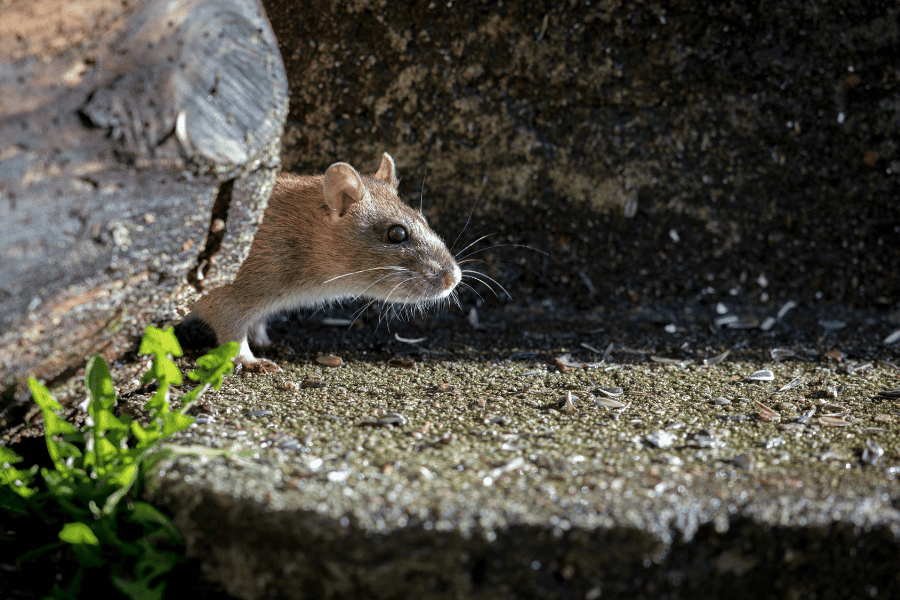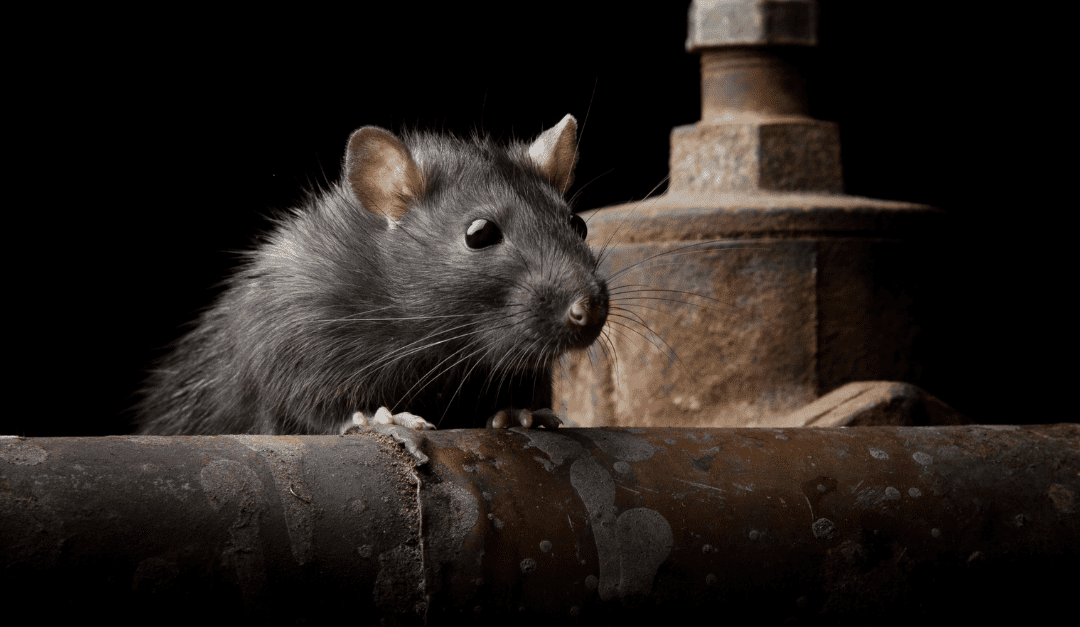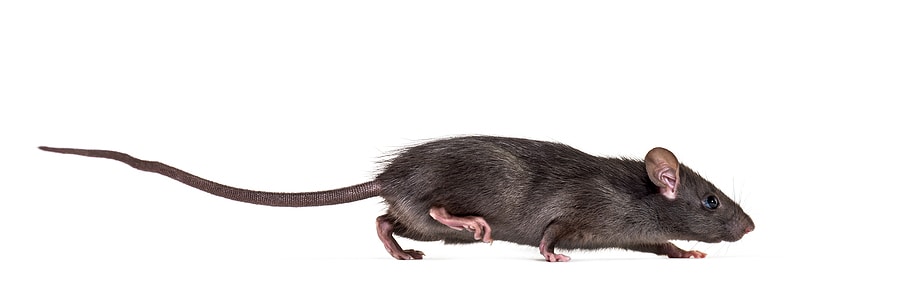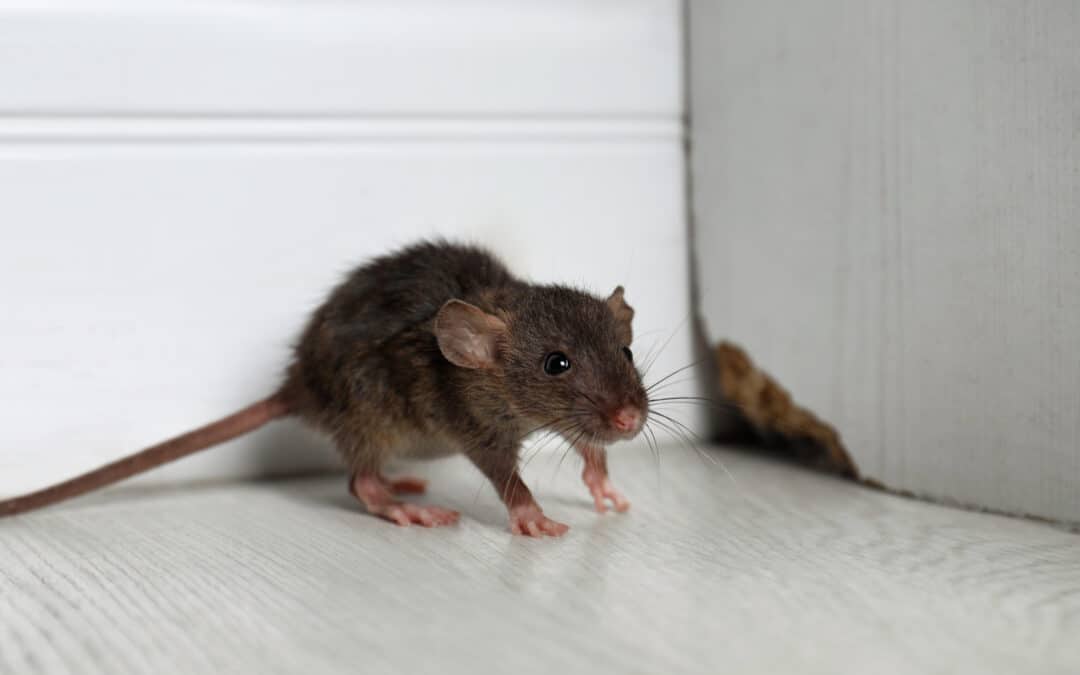READY TO GET STARTED?
REQUEST A FREE ESTIMATE
Fill out the form below or call (888) 466-7849 for a free, no-obligation estimate.

Common to the Florida area, rodents can cause significant damage to our homes by chewing on wires, destroying insulation, and contaminating our living areas. There are several types of rodents in Florida that homeowners should be aware of to properly prevent them from invading. Check out our list of common rodents and how to prevent them from invading your home.
If you suspect that any of these common rodents have invaded your home, it’s best to reach out to your local pest control company for help. These expert professionals will be able to remove, exclude, and prevent them in the future!

Rodents such as mice, rats, and squirrels are overwintering pests, taking refuge inside your home during the colder months of the year. When spring arrives, these pests are already hiding in your attic, basement, crawlspace, garage, and even inside your walls. As the weather warms, they emerge for two reasons: searching for food and breeding season.
Rodents are dangerous to have inside your house for many reasons including:
Keeping rodents out of your home during any season of the year starts with prevention. Implement some of these rodent control tips this spring:
If you have a problem with rodents or any other household pests, contact your local pest control company for a thorough evaluation.
The Differences Between Bumblebees and Honeybees
When Are Termites Most Active?
Common Rats and Mice You Might See this Spring

Rodents, such as rats and mice, are common household pests that can cause many problems, from property damage to health issues. In the southern United States, there are several types of rats and mice that are commonly found near homes. Let’s go over the most common types of rats and mice and how to prevent them from invading your home.
Roof rats are also known as black rats and are commonly found in urban and suburban areas. They are about 7-10 inches in length and have pointed snouts, large ears, and long, thin tails. They are excellent climbers and can often be found in attics and trees.
Norway rats are also known as brown rats and are larger than roof rats, measuring 10-12 inches in length. They have blunt snouts, small ears, and short, thick tails. They are burrowers and are often found in basements and crawl spaces.
House mice are small rodents that are about 3-4 inches in length. They have pointed snouts, large ears, and long, thin tails. They are excellent climbers and can often be found in attics and walls.
Deer mice are small rodents that are about 3-4 inches in length. They are brown or gray in color and have large eyes and ears. They are often found in rural areas and can carry hantavirus, a potentially fatal disease.
If you believe you have a rodent infestation, give your local wildlife control company a call to provide a customized plan of action!

One of the most common rodents invading homes is the roof rat, also known as the palm rat, fruit rat, ship rat, and Alexandrian rat. Norway rats, which are stockier than roof rats, can also invade dwellings. If you want to get rid of the rats in your attic, you need to identify the species first. There are several key distinctions between roof rats and Norway rats. Let’s take a look at a few of the distinctions.
Roof rats are smaller than Norway rats (also known as the sewer rat or brown rat) and have longer tails. They can reach a maximum length of 18 inches (including the tail) and a minimum weight of 5 ounces.
Roof rats are commonly black in color, while Norway rats are brown or gray. Compared to Norway rats, roof rats are smaller, thinner, and their fur is smooth. Large, hairless ears and pointed faces are two other distinguishing characteristics of these rodents.
Roof rats, in contrast to other rat species, are adept climbers and construct their nests in elevated locations rather than underground burrows. They build their nests outside in places like trees, shrubs, wood piles, and dense vegetation. Whenever possible, these pests will seek out the warmest part of the house, which is typically the attic or another upper level. There are a number of places in the house where they might set up shop for the winter, including attics, cabinets, ceilings, garages, interior walls, bathrooms, outdoor kitchens, and pool decks.
Unlike many other rat species, roof rats eat a lot of nuts and seeds rather than meat scraps and other high-protein foods. Because of this, nuts and fruits make up the bulk of a their diet, though they are omnivores like all rats. If they’re hungry enough, they’ll eat almost anything, including vegetation, pet food, animal feed, vegetables, insects, nuts, seeds, tree bark, and even lizards.
Roof rats require water to survive and will often use the following as a water source: watering holes, leaky pipes, AC lines, pet water bowls, flowerpots, sprinklers, and gutters.
Because they are nocturnal and hunt for food at night, roof rats are not always visible. In order to detect an infestation, however, you must be familiar with the telltale signs of a problem. When located, the appropriate rodent prevention measures can be implemented.
The presence of roof rat feces is a clear indication of an infestation. Roof rat feces are less noticeable in size compared to those of Norway rats. The feces have sharp points and measure about half an inch in length. Other telltale signs of a roof rat infestation include:
Roof rats can be a real nuisance, and their droppings and urine can be dangerous to your health. Roof rats can get into your home by gnawing holes in the soffit or eaves. As soon as they get inside, they can do a lot of harm by wire-chewing, which can cause electrical problems and fires; nibbling up in the rafters of the loft; gnawing on water lines and causing leaks; and reducing insulation’s effectiveness by trampling on it. They can also contaminate your home with their urine and feces, causing health problems for you and your family.
Prevent roof rats with the following tips:
If you suspect you have a problem with roof rats or any other rodents, contact your local pest control company for a complete evaluation.
Common Rodents to Lookout for this Winter
14 Tips for Winter Pest Control
Are Spiders More Common In Winter?

We don’t often see temperatures below freezing in Cape Coral, but we do experience colder months. While it’s a nice break from the humid weather, unfortunately, it can bring unwanted pests into our homes. Rodents are looking for a warm place to inhabit and search for a food source. If these pests get inside, they can cause significant damage, such as chewed wires, damaged insulation, and risk of disease. Check out our list of common rodents in your area and how you can prevent them from entering your home.
The house mouse prefers dark, secluded areas in your home, such as the crawl space, basement, or attic. These creatures can adapt very quickly to human environments, often hiding in household clutter and inside the walls of homes. Since they are skilled climbers and are able to jump a foot high, they will often reach isolated areas inside your home.
One of the largest rodent species, Norway rats are nocturnal creatures, searching for food sources in garbage cans at night. You can often spot these creatures burrowing in areas that go undisturbed for a long time, such as crawlspaces and basements. Once inside, these creatures are known to gnaw on furniture, walls, plastic, lead pipes, and wires.
Due to their padded feet, roof rats can easily climb up our homes, infesting our attics, eaves, and roof lines. Living in colonies, they will typically stay together in a familiar area instead of exploring new ones. If an area is providing both food and shelter, these rats will stay close or inhabit the area.
Rodents can adapt to almost any situation, making it more difficult to get rid of them. Fortunately, there are a few easy ways to help deter these creatures away from your home.
To keep rodents out this winter, utilize these rodent prevention tips: